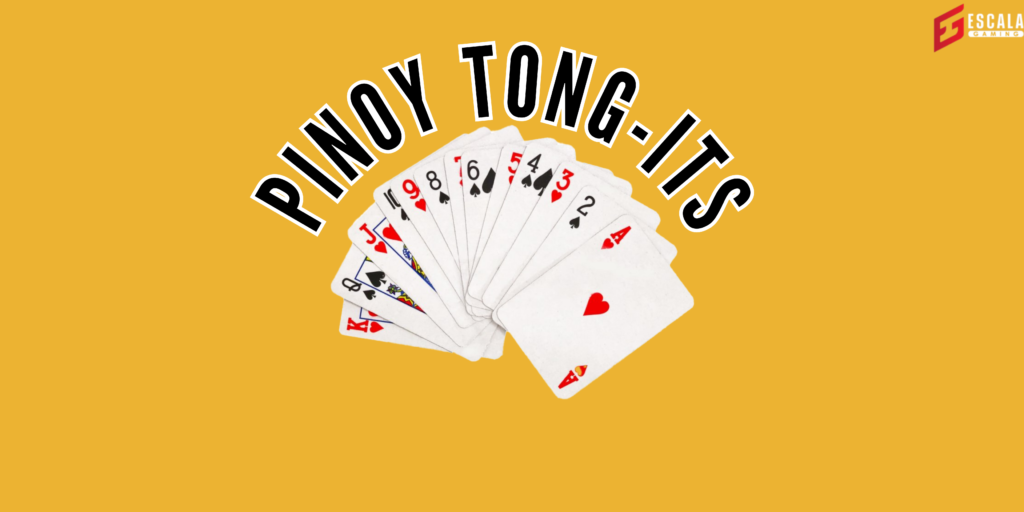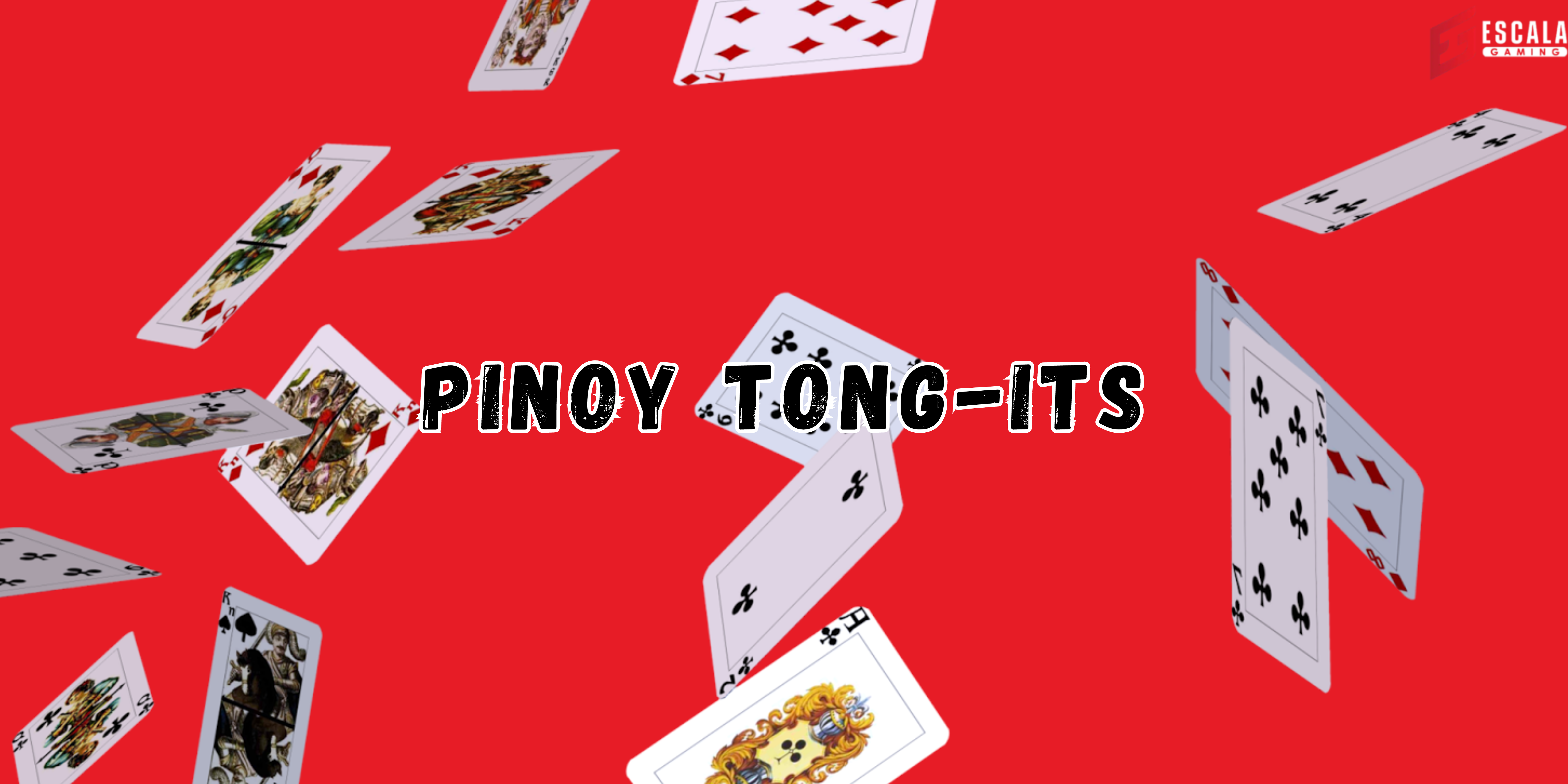Hey there, Pinoy Tong-its enthusiasts! Have you ever thought about how a simple gesture or a fleeting facial expression can reveal a lot about your game strategy? In the world of Pinoy Tong-its, a popular Filipino card game, what you don’t say often speaks louder than your words.
While mastering the rules and strategies is crucial, understanding the unspoken language of non-verbal cues is equally essential. These silent signals can make or break your game. So, let’s dive into the fascinating world of non-verbal communication in Pinoy Tong-its and discover how you can use this skill to become a better player.
Table of Contents
Section 1: The Role of Non-Verbal Communication in Pinoy Tong-its
In Pinoy Tong-its, as in many card games, non-verbal communication plays a pivotal role. Think about it – the game is not just about the cards you hold; it’s also about how you play them.
And often, how you play them is influenced by what you perceive from your opponents. Non-verbal cues include facial expressions, gestures, and even the way a player handles their cards or chips.
These cues can give away hints about a player’s confidence, uncertainty, or bluffing. For instance, a player who suddenly becomes fidgety might be nervous about their hand.
Conversely, someone who’s unusually still might be overly conscious about not revealing too much. Understanding and interpreting these cues require keen observation and psychological insight. It’s like being a detective, where every little detail can lead to a conclusion.
But why do these cues matter? In Pinoy Tong-its, information is power. The more you know about your opponents’ hands, the better your chances of making winning decisions. By picking up on these non-verbal cues, you can gauge whether to push your luck or play it safe. It’s a subtle art, but when mastered, it can give you an edge in this exciting game.
Section 2: Psychological Foundations of Non-Verbal Cues

Now, let’s get a bit into the science behind these non-verbal cues. Humans have communicated through body language and facial expressions long before we developed speech. These cues are rooted in our psychology and are often involuntary. For example, our natural response to excitement is to widen our eyes, and this is hard to control, even in a game of Pinoy Tong-its.
Facial expressions, especially, are powerful communicators. Psychologists say that human faces can make more than 10,000 different expressions. That’s a lot of information!
In Pinoy Tong-its, paying attention to facial expressions can help you read situations better. Does your opponent smile subtly when they draw a card? It might be a sign of a strong hand. Or are they biting their lip, a possible indicator of uncertainty?
But here’s where it gets even more interesting. Not all non-verbal cues are universal. Cultural differences can influence how we express and interpret these cues. In the context of Pinoy Tong-its, which is deeply rooted in Filipino culture, understanding these cultural nuances becomes crucial.
For example, in some cultures, direct eye contact is seen as challenging, while in others, it’s a sign of honesty. In Pinoy Tong-its, you need to be mindful of how these cultural aspects can influence the game’s silent communication.
Section 3: Interpreting Facial Expressions and Gestures in Pinoy Tong-its
Now, let’s zoom in on facial expressions and gestures and how they play out in Pinoy Tong-its. Imagine you’re sitting at a game, cards in hand, and you notice one of your opponents has just raised an eyebrow ever so slightly. In the language of Tong-its, this could mean a multitude of things.
Maybe they’ve just drawn a game-changing card, or perhaps it’s a subtle bluff. Understanding these expressions and gestures comes down to context and pattern recognition.
Reading the Face
The human face can be an open book if you know how to read it. A smirk, a frown, or a blank expression – each can offer clues. For instance, a quick smile might indicate satisfaction with a good hand, while a look of surprise could suggest an unexpected draw. However, be cautious, as seasoned players might use facial expressions to mislead opponents.
Deciphering Gestures
Gestures in Pinoy Tong-its can be as revealing as facial expressions. How a player handles their cards or chips can tell you about their confidence or lack thereof. Rapid tapping of the fingers or restless shuffling of cards might indicate nervousness or impatience. On the other hand, a calm and composed demeanor could be a sign of a strong hand.
Section 4: Body Language and Its Strategic Use in Pinoy Tong-its
In the realm of Tong-its, body language is a silent ally. The way players sit, hold their cards, or even breathe can offer insights into their state of mind.
Power of Posture
Your posture speaks volumes. Leaning forward aggressively can signal confidence, while slouching or leaning back might suggest disinterest or a weak hand. Seasoned players often use posture strategically, either to assert dominance or to lay low.
Controlling Your Own Body Language
Just as you read others’ body language, they read yours. It’s essential to be aware of your own non-verbal cues. Practice maintaining a neutral posture and consistent mannerisms regardless of your hand’s strength. The goal is to become unreadable, keeping your opponents guessing.
Section 5: Developing Non-Verbal Communication Skills in Tong-its
So, how do you get better at interpreting and using non-verbal cues in Tong-its? Like any skill, it takes practice, observation, and a bit of psychology.
Observation is Key
Start by becoming a keen observer. Watch how players react in different situations – when they draw a card, make a bet, or face a challenge. Over time, you’ll start to notice patterns.
Practice in Real-Time
Play as often as you can. The more you play, the more opportunities you have to observe and learn from real-game scenarios. Online Tong-its platforms can be a great place to practice, as they often have a diverse range of players.
Stay Mindful of Your Own Cues
Be constantly aware of your own non-verbal communication. Practice controlling your reactions, no matter how good or bad your hand is. A poker face isn’t just for poker; it’s crucial in Tong-its too!
Section 6: Ethical Considerations and Fair Play
While understanding and using non-verbal cues is a part of the game, it’s important to remember the spirit of fair play. Non-verbal communication in Tong-its should be subtle and not cross into unethical territory like overt signaling or collusion with partners.
Fair Play is Paramount
The integrity of the game is paramount. Non-verbal strategies should be within the bounds of the game’s spirit. Remember, while winning is important, how you play the game defines your experience and respect for the tradition of Tong-its.
Conclusion
Understanding the psychology behind non-verbal cues in Tong-its can transform the way you play. It’s not just about the cards you’re dealt, but also about how you interpret the silent messages being communicated around the table.
As you develop these skills, you’ll find yourself becoming more attuned to the subtleties of the game, making your Tong-its experience richer and more enjoyable. So, the next time you sit down for a game, remember, the unspoken strategies could be your key to success.
You can also read our Card Games Related Posts
- Get Ready To Win: Navigating Bingo Plus Superstitions Like A Pro
- Rummy Rules Demystified: A Deep Dive Into Card Sequences!
- Discover The Surprising World Of Pusoy Dos: Unique Twists And Customs
- Mastering The Game: Lucky 9 Online Mentorship Programs
- Mastering Poker The Fun Way: Your Ultimate Poker Game Guide!
- Unleash Your Inner Pusoy Go Pro: Mastering Adaptation For Victory!


